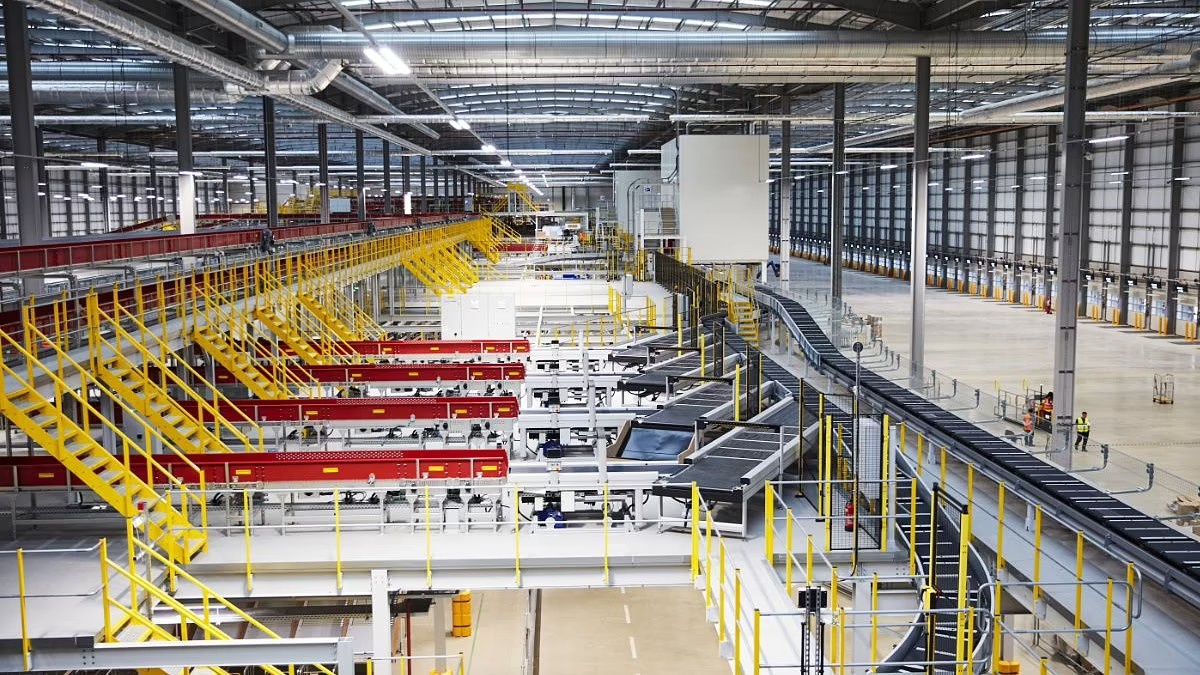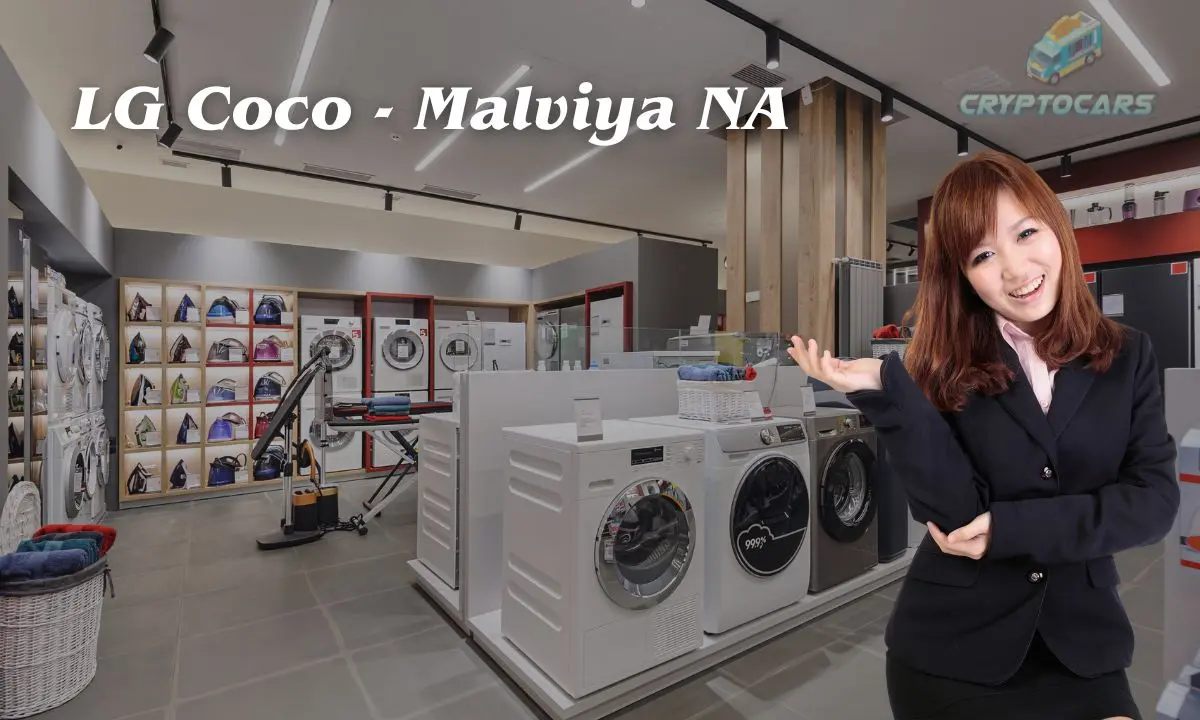Princess Royal Parcel Hub: The Beating Heart of Modern Parcel Logistics
In the fast-moving world of delivery networks, efficiency, speed, and reliability are the foundations of customer trust. Among the most critical facilities in the UK’s parcel infrastructure is the Princess Royal Parcel Hub. This name has become synonymous with scale, precision, and the behind-the-scenes operations that keep millions of packages moving every single day.
The Princess Royal Parcel Hub is not just a building where parcels are sorted—it is a central nervous system for a vast logistics network. Whether you’re a business owner relying on next-day delivery, an online shopper awaiting a package, or a supply chain professional seeking operational insights, understanding how this hub works provides a deeper appreciation of the modern delivery ecosystem.
The Strategic Importance of the Princess Royal Parcel Hub
The Princess Royal Parcel Hub is strategically positioned to handle huge volumes of mail and parcels at speed. Its location, capacity, and advanced automation make it a key player in ensuring that packages reach their destinations on time, even during seasonal peaks.
In logistics, central hubs serve as consolidation points. Instead of sending parcels directly from origin to destination—which would be costly and inefficient—they are routed through central facilities like the Princess Royal Parcel Hub. Here, items are scanned, sorted, and dispatched to regional depots or directly to final delivery units.
How the Princess Royal Parcel Hub Operates
The operation of the Princess Royal Parcel Hub can be broken down into three main stages:
1. Inbound Processing
Parcels arrive from multiple sources—regional collection depots, business senders, and partner carriers. At this stage:
- Trucks are unloaded swiftly using dock levellers.
- Packages are placed on conveyor belts feeding into scanning systems.
- Every item is tagged with tracking information to ensure it can be monitored at each step.
2. Automated Sorting
This is where the Princess Royal Parcel Hub really shows its strength. High-speed sorting machines read barcodes and direct parcels toward the correct outbound lane. Automation reduces human error and dramatically increases throughput, allowing the hub to process hundreds of thousands of parcels daily.
3. Outbound Dispatch
Once sorted, parcels are loaded onto outbound vehicles headed to their next stop—be it a regional delivery centre or directly to local sorting offices. The precise coordination at this stage ensures maximum vehicle utilisation and on-time departures.
Technology Behind the Efficiency
One reason the Princess Royal Parcel Hub stands out is its reliance on cutting-edge logistics technology. From AI-powered sorting algorithms to advanced scanning systems capable of reading damaged labels, technology ensures parcels flow smoothly through the hub.
- Optical Character Recognition (OCR) allows machines to read addresses even if the barcode is smudged.
- Dynamic routing systems adjust workflows in real-time to avoid bottlenecks.
- Automated weight and dimension scanners verify postage compliance without slowing operations.
The Human Element in the Princess Royal Parcel Hub
Despite the impressive automation, people remain at the heart of the Princess Royal Parcel Hub. Skilled staff oversee the machinery, troubleshoot technical issues, and handle exceptions like oversized parcels or irregularly shaped items.
Employees work in shifts around the clock, ensuring the hub runs continuously. Training focuses on safety, operational efficiency, and teamwork—critical in such a high-speed environment.
Seasonal Peaks and Surge Management
The Princess Royal Parcel Hub faces its biggest tests during peak seasons, such as Black Friday, Christmas, and major sales events. During these times, parcel volumes can double or triple.
To handle this surge:
- Temporary staff are brought in to support core teams.
- Additional sorting lines are activated.
- Scheduling is optimised to run at maximum operational hours.
Thanks to these strategies, the hub maintains service levels even under extreme demand.
Sustainability Initiatives at the Princess Royal Parcel Hub
Modern logistics hubs must also consider environmental impact. The Princess Royal Parcel Hub integrates sustainability into its operations through:
- Energy-efficient lighting and climate control systems.
- Route optimisation to reduce vehicle emissions.
- Recycling programs for packaging waste.
These measures not only lower the hub’s carbon footprint but also align with broader corporate sustainability goals.
Challenges Faced by the Princess Royal Parcel Hub
While the Princess Royal Parcel Hub is highly efficient, it faces challenges common to large-scale logistics operations:
- Traffic Congestion – Delays in inbound or outbound transportation can ripple through the network.
- Technical Downtime – Even short equipment failures can disrupt thousands of parcels.
- Weather Events – Severe weather can halt transport or require contingency routing.
Mitigating these issues requires contingency planning, redundancy in systems, and clear communication across the network.
Impact on Businesses and Consumers
For e-commerce companies, the Princess Royal Parcel Hub is a lifeline. The faster and more accurately parcels move through the hub, the better the overall customer experience. Businesses benefit from:
- Reduced delivery times.
- Improved tracking transparency.
- Reliable handling of high volumes.
Consumers may never see the inside of the hub, but they feel its impact every time their order arrives on time.
Training and Workforce Development
Staff at the Princess Royal Parcel Hub receive continuous training. Areas of focus include:
- Operating complex sorting systems.
- Health and safety protocols.
- Handling special and hazardous items.
By investing in workforce development, the hub ensures not only operational efficiency but also job satisfaction and employee retention.
The Princess Royal Parcel Hub in Numbers
While exact figures may vary by season, the Princess Royal Parcel Hub is capable of:
- Processing over 1 million parcels in a single day during peak season.
- Operating 24/7 with minimal downtime.
- Employing hundreds of staff across shifts.
These statistics highlight the scale and complexity of running such a pivotal facility.
Public Perception and Transparency
One of the reasons the Princess Royal Parcel Hub maintains a strong reputation is transparency. Parcel tracking allows customers to see when their items enter and leave the hub. This level of visibility builds trust and reduces uncertainty in the delivery process.
Future Outlook for the Princess Royal Parcel Hub
The future of the Princess Royal Parcel Hub looks set to involve even greater automation, smarter routing technologies, and potentially green energy sources to power its operations. As e-commerce grows, so too will the hub’s importance.
Innovations to watch for include:
- AI-driven predictive sorting to anticipate volume spikes.
- Integration with drone or autonomous vehicle delivery systems.
- Further reduction in environmental impact.
Why the Princess Royal Parcel Hub is Indispensable
In a world where speed is expected and reliability is non-negotiable, the Princess Royal Parcel Hub acts as a cornerstone for modern logistics. Its ability to handle vast quantities of parcels with precision makes it indispensable to both businesses and consumers.
Conclusion
The Princess Royal Parcel Hub is more than just a sorting facility—it is a powerhouse of logistics engineering, human expertise, and operational excellence. It represents the perfect blend of technology and people, working together to keep deliveries moving smoothly across the country.
From the moment a parcel enters its inbound lanes to the second it’s dispatched for final delivery, the hub’s processes demonstrate the scale and sophistication required to meet modern delivery demands. As the future of logistics unfolds, the Princess Royal Parcel Hub will remain at the centre of the action—quietly but powerfully keeping the wheels of commerce turning.




Post Comment